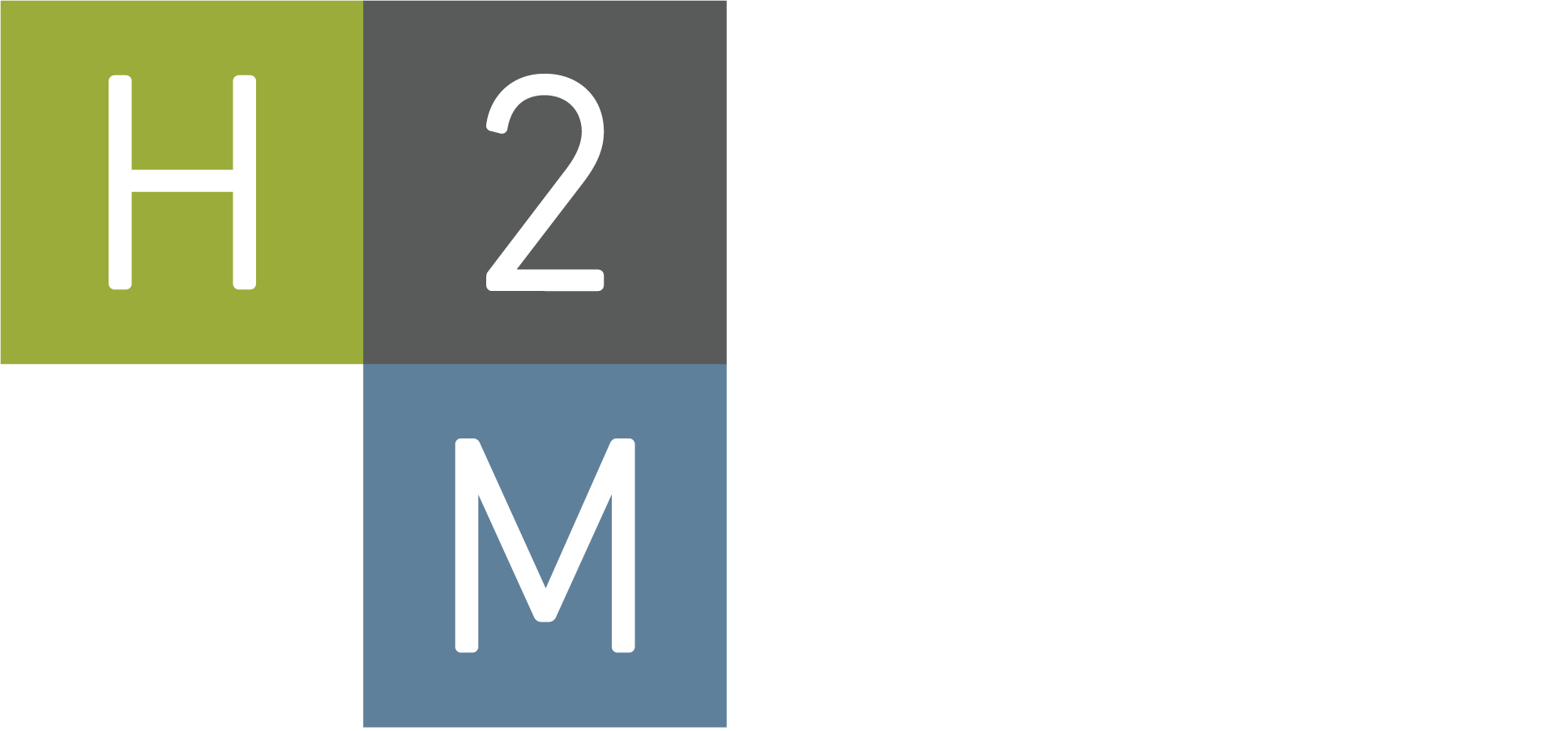H2M was contracted by SUEZ Water New Jersey, Inc. to provide design coordination, construction administration, and construction observation of the replacement of multiple miles of water mains throughout Hudson and Bergen Counties in New Jersey. As part of these duties, H2M had to efficiently quantify and document: 1) existing site conditions; 2) new materials that got installed; and, 3) any deviation from the original design plan. The highly detailed documentation demanded by SUEZ and the high workload throughout multiple counties led H2M to develop and implement a real-time construction management program catered specifically to SUEZ.
Throughout the lifetime of a water main replacement project a given asset is entered into and categorized using numerous software platforms – AutoCAD, ArcGIS, Microsoft Excel, Microsoft Word, Adobe PDF, etc. There was no clear and efficient way for the data to navigate and migrate through the programs until H2M decided to implement a GIS-centric modus operandi.
A GIS-centric modus operandi means that all asset information and data is uploaded to a GIS program initially and a GIS program is used to manage the data. An H2M engineer migrates the pre-construction site survey and all design features from AutoCAD to H2M’s ArcOnline account before construction commences. H2M’s construction inspectors and field engineers are then able to access the design data on-site since they are equipped with a tablet that has the Collector and Survey123 mobile applications installed. Inspectors are given the ability to edit pre-existing data in a map that is live-fed from the ArcOnline server; if a water service line is found they can add the depth of that surveyed feature to the GIS cloud so the construction crew recalls how deep the service line is when it comes back in two months to complete the service connections. Also, the inspector can show the foreman and SUEZ staff on-site the design for a given intersection as it approaches; if the crew foresees issues, they are able to communicate effectively and visually with SUEZ personnel to ensure the best design is executed. Combining Survey123 and Collector has reduced the turnaround time of H2M inspection reports from weeks down to less than 24 hours. Survey123 is pre-formatted to ensure inspectors obtain and document the necessary information, such as the number of vehicles on-site or standby time due to a mis-marked utility being damaged. Rapid daily inspection reporting leads to efficiencies in testing, notifying customers of shutdowns, payment requests, and notification of hydrant availability to the Fire Marshall.
The GIS-centric modus operandi allows for the QA/QC to be focused upfront, thus limiting the likelihood of bearing the “fruit of the poisonous tree” throughout a project. Feedback can be given and received instantaneously and clearly on multiple levels. A construction administrator in the office can view uploaded data immediately and gain additional information, if needed, from the inspector on-site. The presence of the construction administrator adds an element of QA/QC that was not present before. When paper copies were used for reporting, it often took days for QA/QC to occur on daily reports, which is too long considering assets are constructed and paved over daily. Once an asset is in the GIS system as a geospatial data point with all pertinent attributes, the information can readily be exported to Excel for payment and material quantities tracking, to AutoCAD for Record Drawings, to ArcMap for finalizing a geodatabase, to Microsoft Word for finalization of a daily report.



